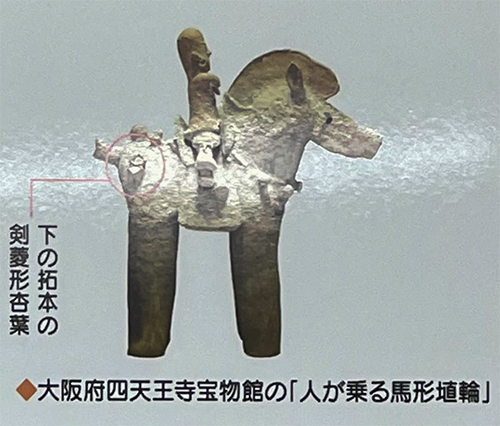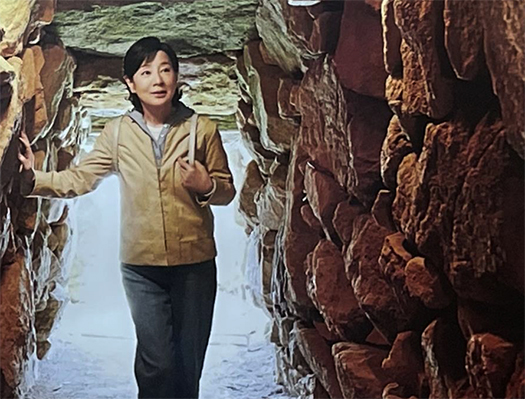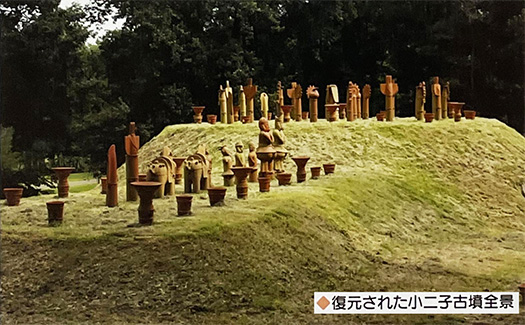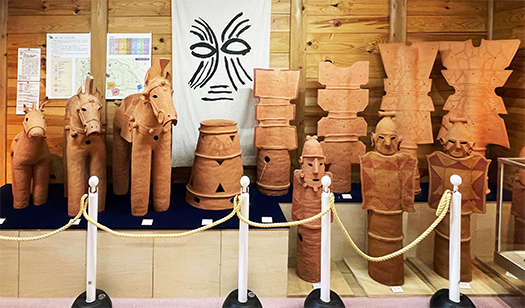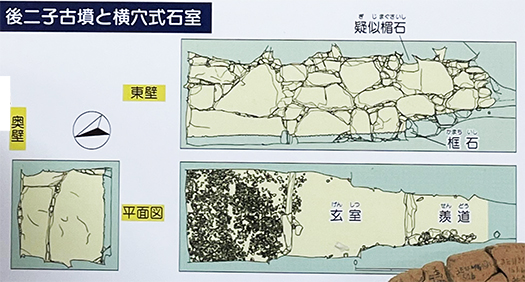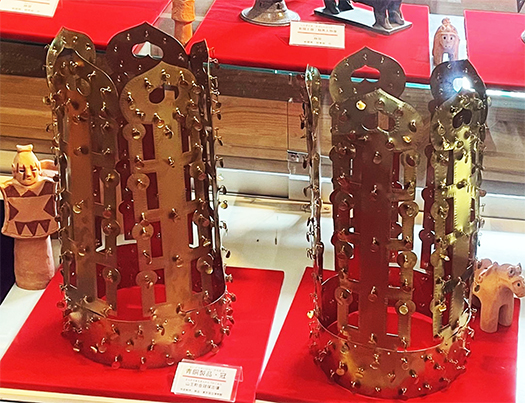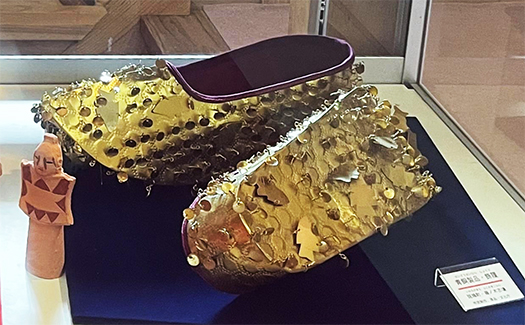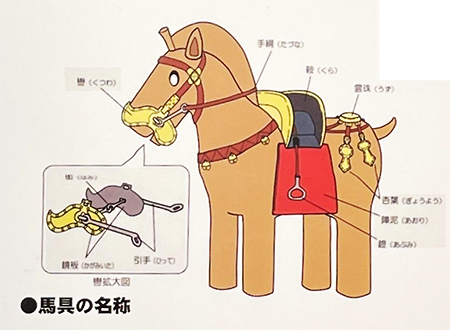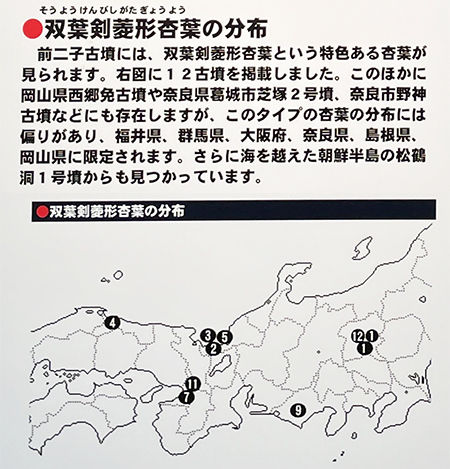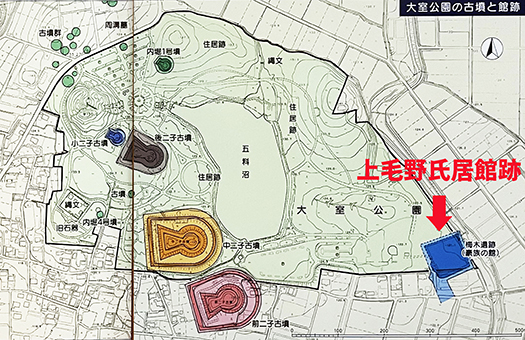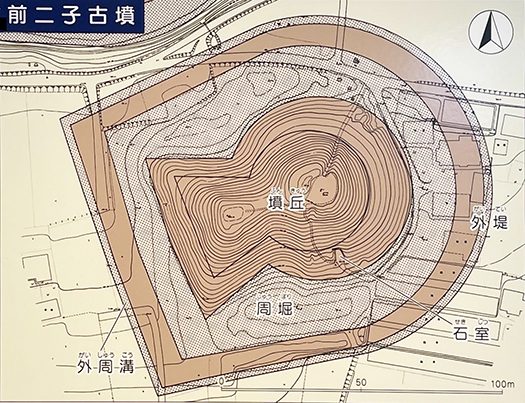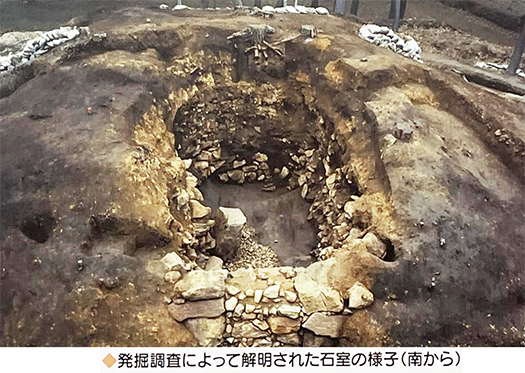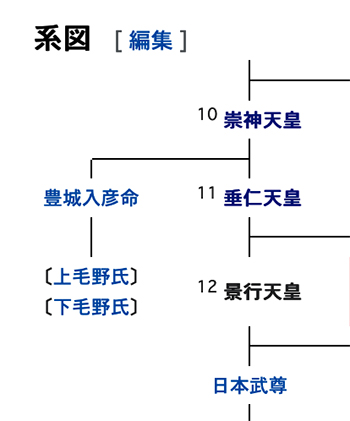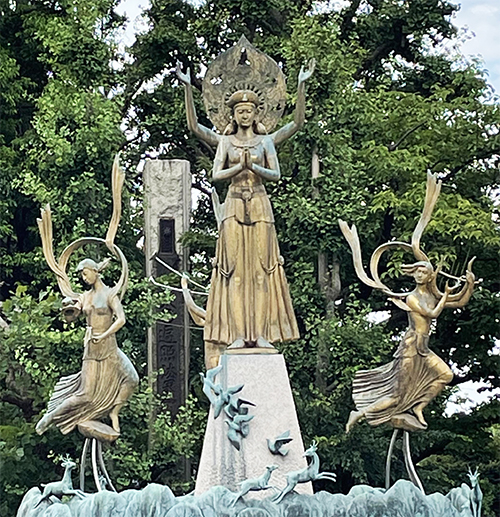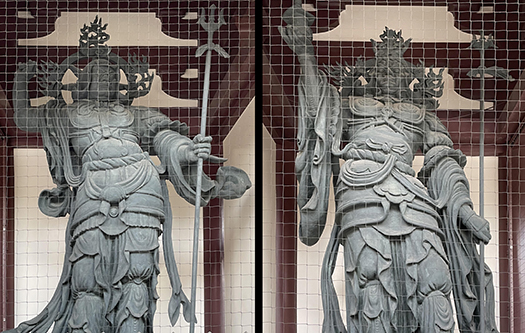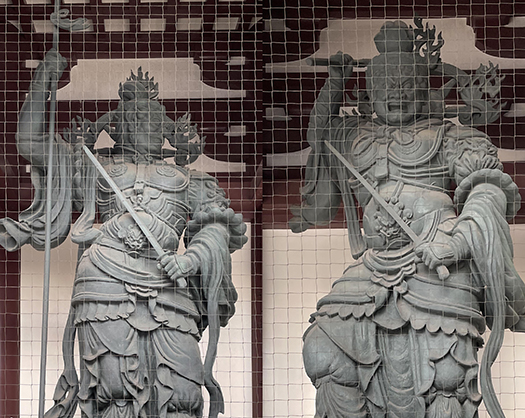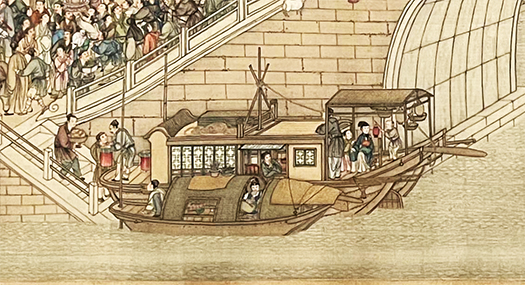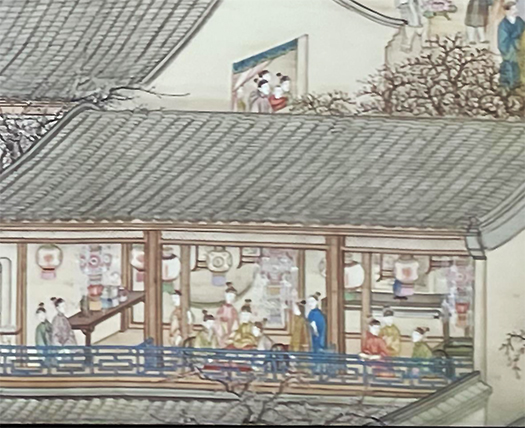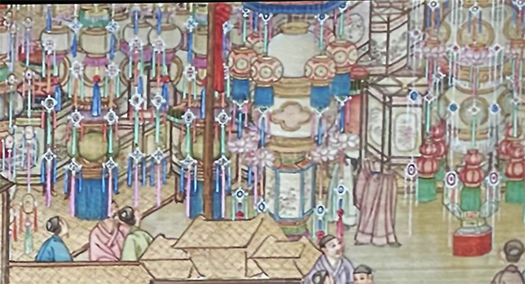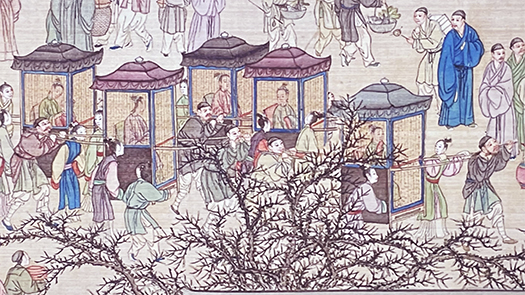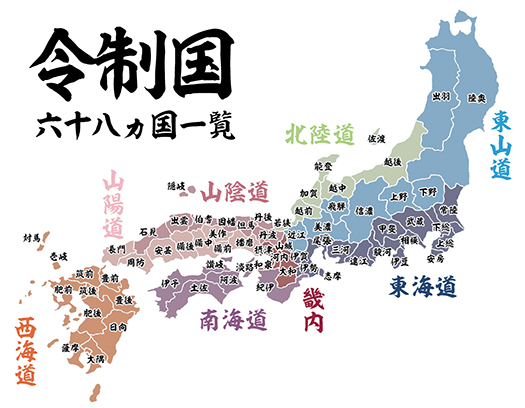


5−6世紀に群馬県地域に進出し、多くの前方後円墳を残した氏族・地域を
上毛野氏という特定名で探究してきているけれど、
その地域名が毛野であり、それを渡良瀬川でもって上下に分け、
西側を上毛野、東側を下毛野というように呼称していた。
古代国家が上下のように畿内から近い順に地域区分で名付けていく例から
この仕分け自体には蓋然性があると思えるけれど、
この上毛野がどうして「上野」になり、下毛野が「下野」になるのかは
普通に考えるとよくわからない。
上野をどうして「こうずけ」下野を「しもつけ」と読むのかも、不明。
たぶん英語圏の方や、漢字圏の中国人にも理由はわからないだろう。
友人から痛烈な一発をかまされたけれど、思いあまった末に
「毛野から毛が脱けた」ギャグにしてみたくなるのはムリからぬところ。
今回、上毛野氏の深掘り探索でこの疑問に正面からの回答が得られた。
この「旧国名」別の言い方「令制国」については
平城京に都が遷されて間もない和銅6(713)年、
律令政府は各国(国内各地域)に以下のようなお触れを出した。
「諸国の郡名・里名を、好い字の二文字に改めて定着させよ」
これが「好字二字化令」と呼ばれるもの。
さすがに官僚制国家志向の強い日本社会らしくこの制度設計が
旧国名さらに今日の都道府県名にまで波及してきているのですね。
で、上毛野・下毛野の場合、漢字表記から「毛」を除いたというのです。
しかし、表音では「ケ」の読みを残したというのだ。
この官僚的専断の合理性がよくわからない。
下をシモと表音するのは自然だが、上を「コウ」と表音するのは
どうも一般民衆的には根拠不明だったのではないか。
さらにこっそり「ツケ」を付与したのは陰謀っぽい。
たぶん官僚からの「令」として処理し実行されたのではないか。
「上毛野は今後、上野と書いてコウズケと呼ぶように」
「下毛野は今後、下野と書いてシモツケと」
ははぁ〜と下々は従っただろうし、漢字文章に巧みな官僚側決定に
あまり学のない権力層も無知蒙昧に従ったのではないか。
根拠としてはこの当時の最先端国家・唐の律令制度に合わせたこと。
この時期の日本国家の媚中ぶりは現在の外相どころではない(笑)。
10世紀初頭に成立した『和名類聚抄』史料には、当時の国名が記載される。
すべての国名が漢字2文字で揃えられている。
国の下に位置する郡も例外は薩摩国の鹿児島郡ひとつだけという徹底ぶり。
3文字以上で表記されていた「波伯吉国」は「伯耆国(ほうきのくに)」となり、
「吉備道中国」は「備中国」に改められた。
「粟国」は「阿波国」に「木国」は「紀伊国」に「泉国」は「和泉国」となった。
現代に残る難読地名の源泉になったことは間違いない。
上野、下野はその最たる被害国名か。
この事実からすると、明治以降だけど「北海道」っていい地名だなぁ・・・。
<参照:ビジネスジャーナル「青木康洋「だれかに話したくなる、歴史の裏側」
https://biz-journal.jp/2015/10/post_11865.html>
English version⬇
The reason for the shedding of hairs from “Keno” (laugh): Exploring the “Kamitukeno Clan”-7
The reason for the removal of hair is not the arbitrary decision of the Foreign Minister, who flirted with the Ritsuryo system of the Tang Dynasty, but the bureaucratic structure of the “Favorable Character Two Characterization Order”. Oops, talking about the old country name (laugh)….
I have been exploring the specific name of the Kamitukeno clan, a clan and region that expanded into Gunma Prefecture in the 5th and 6th centuries and left behind a large number of anterior posterior circular mounds.
I have been exploring the specific name of the Kamitukeno clan, which is the name of the region.
The name of the region is Mono, and it is divided into upper and lower parts by the Watarase River.
The west side was called Kamitukeno and the east side Shimotukeno.
The ancient states were divided into upper and lower regions in order of proximity to the Kinai region, as in the case of the upper and lower regions.
This sorting itself seems probable, but why was this Kamitukeno called “Kouzuke”?
But how Kamitukeno became kouzuke and Shimotuke became Shimotuke is not so clear.
It is not clear how Shimotuke became “kouzuke” and Shimogtukeno became “Shimotuke”.
It is also unclear why kouzuke is read as “Kozuke” and Shimotuke as “Shimotsuke.
Probably, English speakers and Chinese people who speak Chinese characters do not know the reason either.
A friend of mine gave me a painful blow, but I took the plunge.
I was tempted to make a gag like “the hairs came off” from Kamino-no.
Thanks to Mr. kamitukeno’s in-depth search, we now have a direct answer to this question.
As for this “old country name” and another way of saying “country under the ritsuryo system,” he says
In 713, shortly after the capital was moved to Heijo-kyo
In 713, soon after the capital was moved to Heijo-kyo, the Ritsuryo government issued the following announcement to the various countries (regions within Japan).
The names of counties and villages in each country were to be changed to two favored Chinese characters.
This is what is known as the “Order to Change the Names of Counties and Villages to Two Favorable Characters.
As one would expect from a Japanese society with a strong bureaucratic orientation, this system was designed to
This system has spread to the names of old countries and even to the names of today’s prefectures.
In the case of Kamitukeno and Shimomotukeno, the “毛” was removed from the Kanji characters.
However, the phonetic reading of “ke” was retained.
I do not understand the rationale behind this bureaucratic monopoly.
It is natural to phoneticize the lower part as shimo, but to phoneticize the upper part as ko.
I think that the rationale for this was not clear to the general public.
Furthermore, it seems conspiratorial that “tsuke” was secretly added.
Perhaps the bureaucrats had it done as a “decree” and carried it out.
“From now on, Jomo-no should be written Ueno and called Kozuke.
Shimomono is henceforth to be written Shimotsuke.
The bureaucrats, who are very skilled in writing in Chinese characters, would have followed the decision.
The less educated members of the power class must have ignorantly followed the decision of the bureaucrats, who were skilled in writing in Chinese characters.
The reason for this is that it was in line with the Ritsuryo system of the Tang Dynasty, the most advanced nation at that time.
The fawning nature of the Japanese state during this period was not that of the current foreign minister (laugh).
The historical document “Wamyoraijusho,” which was established in the early 10th century, describes the names of the countries at that time.
All the country names are aligned with two Chinese characters.
The only exception is Kagoshima-gun in Satsuma Province.
The name of “Habakki-kikoku,” which used to be written with three or more characters, became “Hoki-ki-no-kuni.
Kibi-do-Chugoku” was changed to “Bicchu-kuni.
Awaki-kuni” became “Awa-kuni”, “Ki-kuni” became “Kii-kuni”, and “Izumi-kuni” became “Izumi-kuni”.
There is no doubt that these place names became the source of the difficult-to-read place names that remain today.
Ueno and Shimono are the names of the most affected countries.
However, in view of this fact, “Hokkaido” is a good place name, even though it has been used since the Meiji era….
Posted on 8月 16th, 2022 by 三木 奎吾
Filed under: 日本社会・文化研究, 歴史探訪 | No Comments »


